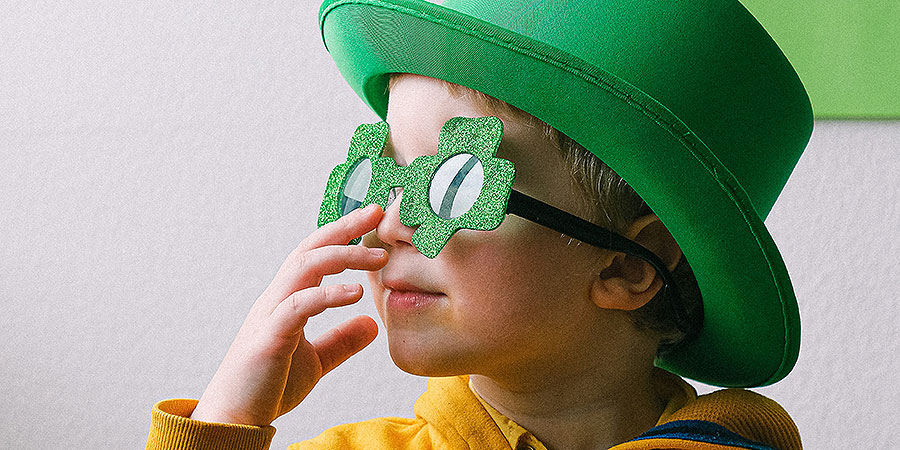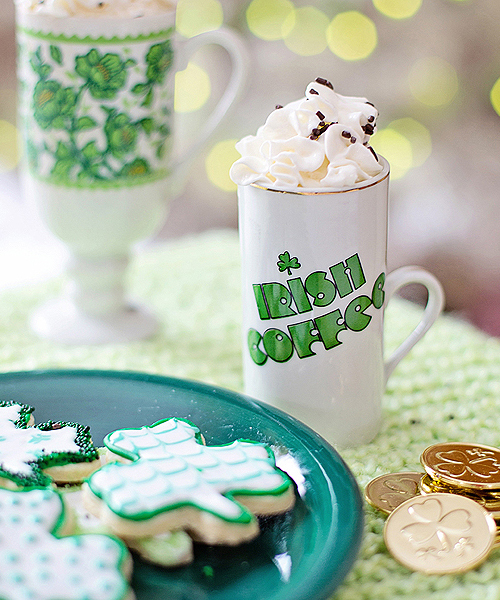
History of St. Patrick's Day
- ArticlesandContent.com (CIRCA 2005)
- /
- Oct 8, 2021 (written 2005)
Whether fact or fiction, the shamrock, a three-leaf plant, signifies the Holy Trinity to the Catholics and is still symbolic of the Irish and St. Patrick.
St. Patrick’s Day, March 17th, is an Irish holiday celebrating St. Patrick, the patron saint of Ireland. St. Patrick was born Maewyn Succat of an Italian father and a Scottish mother, sometime around 385 A.D., in Scotland. At the age of 16 he was kidnapped by pirates and sold into slavery for six years in Ireland. After seeing a vision of a ship, St. Patrick planned his escape from Ireland to France, where he became a priest and later a bishop. He adopted the name of Patricus and remained in France for a number of years. As time went by, St. Patrick continued to be inspired by thoughts of bringing Christianity to Ireland. At the age of 60, upon his return, an Irish legend began. It was said that he drove away all the snakes and toads from the land, while standing amid a field of shamrocks. Whether fact or fiction, the shamrock, a three-leaf plant, signifies the Holy Trinity to the Catholics and is still symbolic of the Irish and St. Patrick.

The first St. Patrick’s Day parade, in 1737, was held in Boston as an expression of ethnic pride by thousands of Irish immigrants. The first parade in New York City in 1763, however, is still the largest, and most celebrated parade today. It is an extravagant display, witnessed by more than two million people. Numerous other parades of marching bands, playing familiar Irish songs and folk music, fife and drum corps, and thousands of marchers in kilts and shamrock green, are held throughout the United States on St. Patrick’s Day.
In the 1820’s the Protestant Ulsters brought their own parade to New York in support of the Orange Order. As a result, the Irish Catholic immigrants sought protection and safety in the Church and its institutions. Perhaps the most famous of these institutions was the Ancient Order of the Hibernians. In addition, to safeguarding the Irish Catholics, the president of the Hibernians, Peter Gaynor, led the Father Matthew Total Abstinence and Benevolent Society in the traditional St. Patrick’s Day parade in 1856. This introduced an atmosphere of peace and restraint and dispelled the belief that the Irish were a loud and boisterous crowd of indolent drinkers. The Order of the Hibernians is credited with increasing the size, number, and significance of the St. Patrick’s Day parades.
Traditions are kept and celebrations are held in Canada, Britain, and Australia, as well. In Ireland, St. Patrick’s Day is a holy day, celebrated in a quieter fashion with religious processions honoring their patron saint. There are various types of food and drink that are traditional in the United States and Ireland. St. Patrick’s Day in the United States means corned beef and cabbage, mulligatawny soup, Irish stew, and soda bread. Ireland celebrates the holiday with colcannon, a dish composed of mashed potatoes with shredded kale, onions, and butter. Popular Irish beer, such as Guinness, Harps, and Smithwicks, Irish whiskey, and Irish coffee are consumed. In many places, the beer, rivers, and streams are often dyed green on St. Patrick’s Day.
St Patrick died in 464 A.D. and it is not known if March 17th was his birth date or the date of his death. However, St. Patrick’s Day is celebrated worldwide by parades, processions, and the “wearin’ of the green.” St. Patrick’s Day is a tradition for people of Irish descent and the expatriate Irish in other countries, as well as by many others who choose to be Irish “for a day.” We honor St. Patrick by expressing our devotion and faith and recognizing the heritage of the patron saint of Ireland.